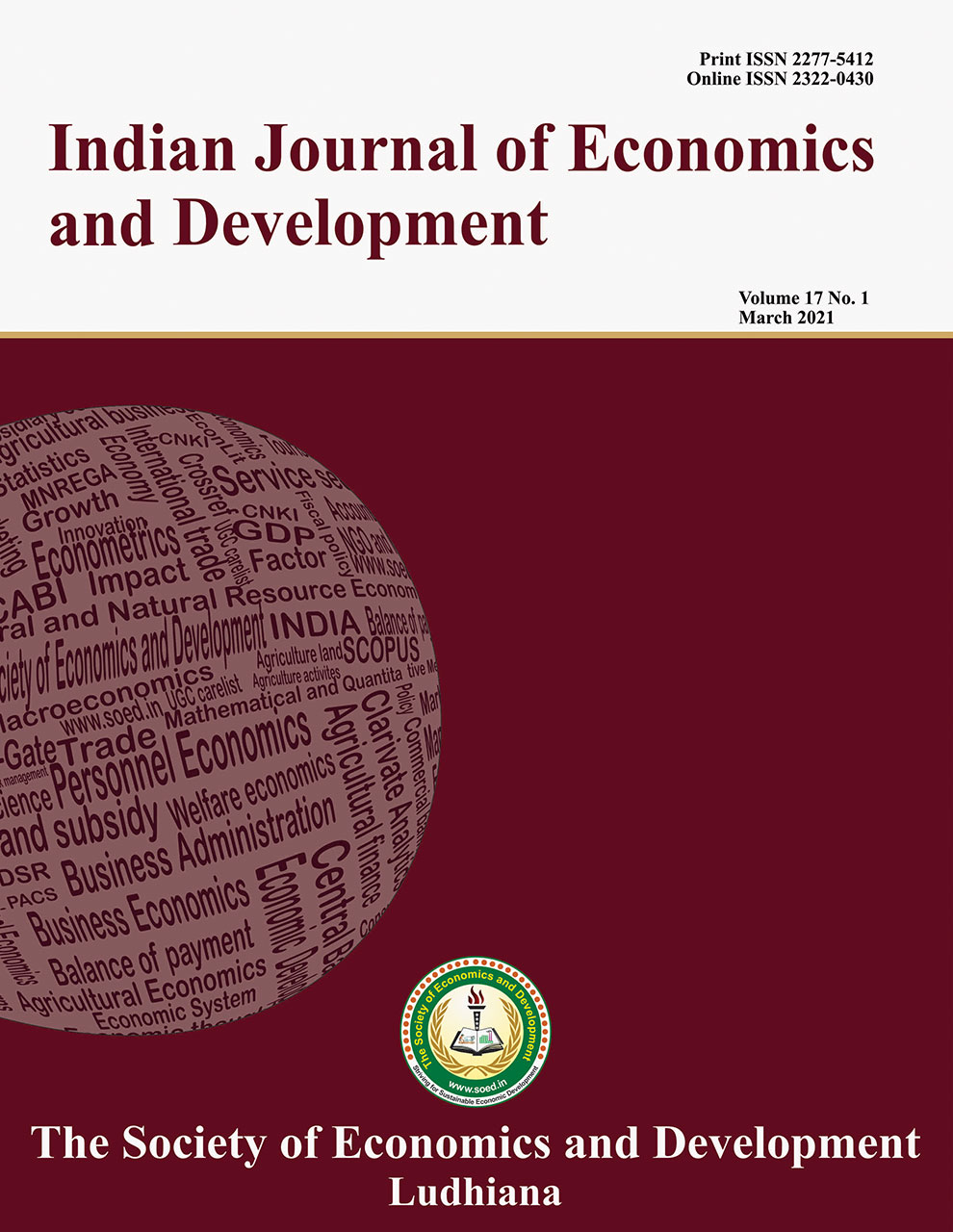The Socio-economic and General Profile of Organized and Traditional Goat Farmers in Punjab

Price: ₹ 500
Author: Simran Sharma , Varinder Pal Singh , Inderpreet Kaur and Sandeep Kaswan
Author Address: Department of Dairy Economics and Business Management, College of Dairy Science and Technology and Department of Livestock Production and Management, College of Veterinary Science, Guru Angad Dev Veterinary and Animal Sciences University, Ludhiana-14100
Keywords: Breed, experience, family size, family type, flock size
JEL Codes: Q12, Q13
Abstract
The present study was conducted Bathinda, Fazilka, and Muktsar of Punjab to examine the socio-economic and general profile of goat farmers, studying a total sample of 88 goat farmers. Both types of goat farming systems, organized goat farms, and traditional goat farms, were studied with more emphasis on organized goat farms. The sample farmers consisted of 56 organized and 32 traditional goat farmers in the state. It was observed in the study that the education level of organized goat farmers was better compared to traditional goat farmers. A majority of the sample goat farmers had nuclear families. A majority of the farmers (53.57 percent) had goat farms located in the village. Organized goat farms had tube-well as the main source of water supply, whereas traditional goat farms were mainly dependent upon public water supply. Organized goat farmers had relatively higher exposure to training. A majority of goat farms started in near past were organized goat farms. Hence, new polices should focus on promoting stall fed organized goat farming in the state.
Description
Indian Journal of Economics and Development
Volume 17 No. 3, 2021, 544-554
DOI: https://doi.org/10.35716/IJED/20242
Indexed in Clarivate Analytics (ESCI) of WoS
Scopus: Title Accepted
NAAS Score: 5.15



